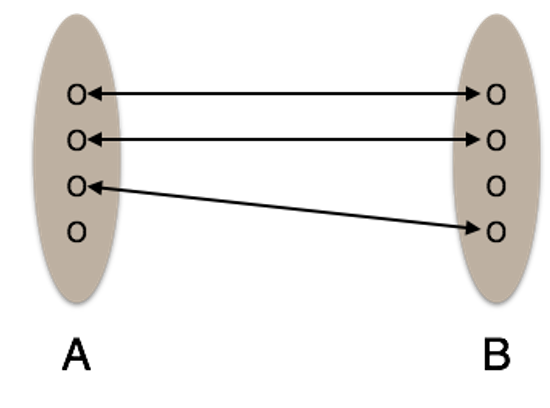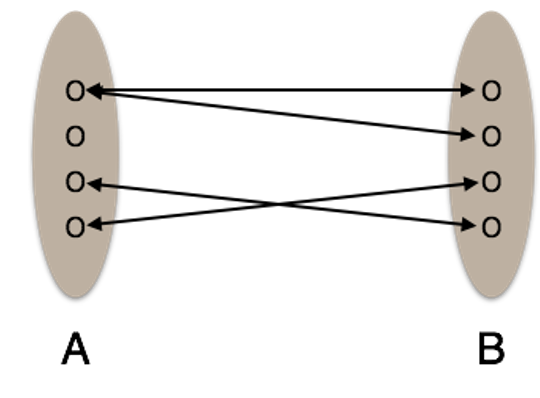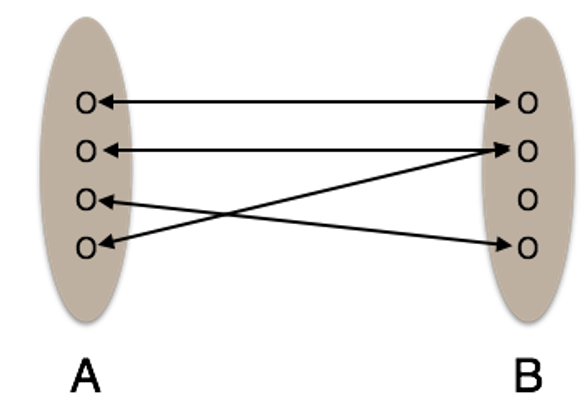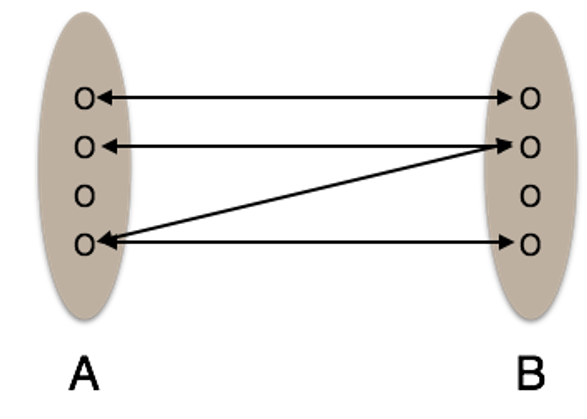Home »
RDBMS
Mapping Cardinalities or Mapping Constraints in RDBMS
Here, we are going to learn about the Mapping Cardinalities or Mapping Constraints in RDBMS.
Submitted by IncludeHelp, on November 09, 2020
Mapping cardinalities defines the relationship between numbers of entities in one entity set with the number of entities to other entity sets.
One-to-one
As its name implies, it maps one entity of the first entity set with another one in the second one entity set. In the below image this has depicted that one entity from entity set A is associated with at most one entity of other one entity set B.

For example - a customer has only one ID.

If a single instance of an entity is connected with one instances of another entity, then it is called a relationship between one and many.
One-to-many
An entity from set A can be aligned with more than one entity from set B, but an entity from set B can be associated with a limit of one entity.

For example - a customer may place many orders, but many customers do not place an order.

If a single instance of an entity is connected to more than one instances of another entity, then it is called a relationship between one and many.
Many-to-one
More than one entity from set A could be paired with a maximum of one entity from set B, but more than one entity from set B can be paired with a maximum of one entity from set A.

For example – many customers may place 1 order.

If a single instance of the second one entity is connected with more than one instance of the first entity, then it is referred to as many to one relationship.
Many-to-many
It is possible to connect one entity from set A with more than one entity from set B and vice versa.

For example – many customers may place many orders.

If more than one instance of the first entity is connected with more than one instance of the second entity, it is called a many to many relationships.
Advertisement
Advertisement